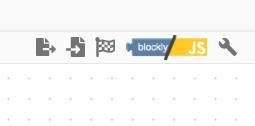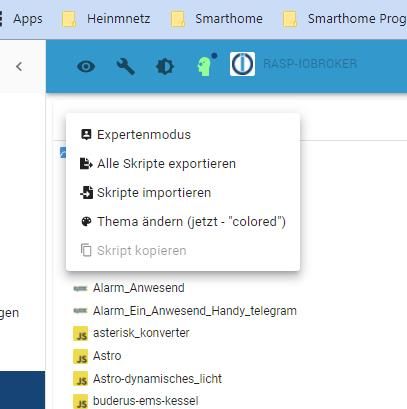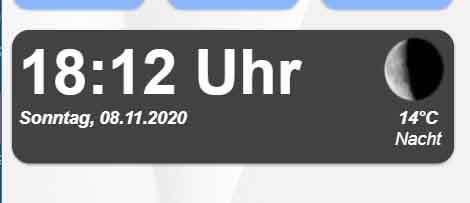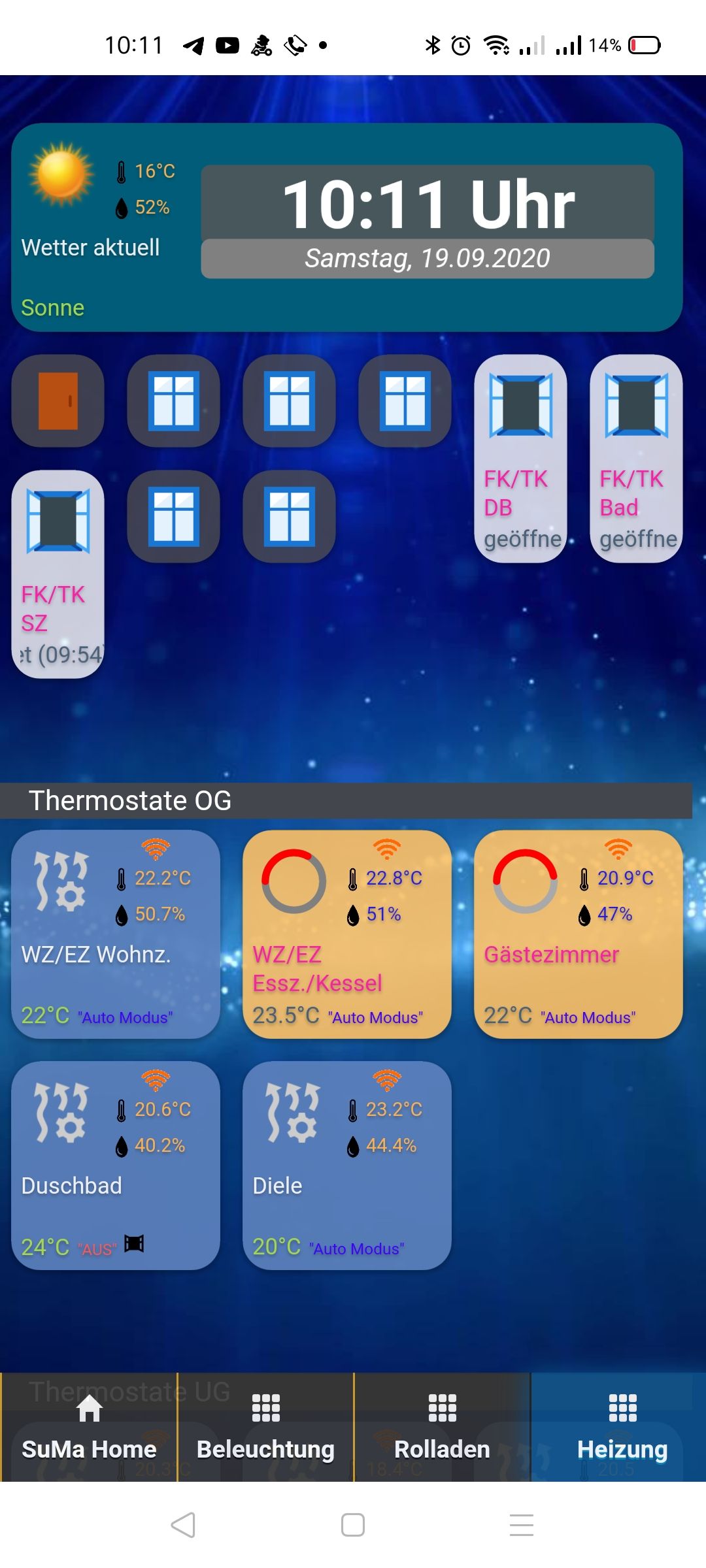@asgothian sagte in Blockly mit Search and Replace bearbeiten ?.:
@crazyfloyd Bist du sicher das du die ID korrekt ersetzt hast ? Ich habe das (an einem einfachen Beispiel) selber gerade probiert:
Export von Blockly:
<block xmlns="https://developers.google.com/blockly/xml" type="control" id="FEL~2Y.zrbG$l6jtZ~ve" x="438" y="-362">
<mutation xmlns="http://www.w3.org/1999/xhtml" delay_input="false"></mutation>
<field name="OID">0_userdata.0.New_Object</field>
<field name="WITH_DELAY">FALSE</field>
<value name="VALUE">
<block type="logic_boolean" id=")8qd$gB[NA(;!_FG^~v%">
<field name="BOOL">TRUE</field>
</block>
</value>
</block>
vor dem import:
<block xmlns="https://developers.google.com/blockly/xml" type="control" id="FEL~2Y.zrbG$l6jtZ~ve" x="438" y="-362">
<mutation xmlns="http://www.w3.org/1999/xhtml" delay_input="false"></mutation>
<field name="OID">0_userdata.0.led</field>
<field name="WITH_DELAY">FALSE</field>
<value name="VALUE">
<block type="logic_boolean" id=")8qd$gB[NA(;!_FG^~v%">
<field name="BOOL">TRUE</field>
</block>
</value>
</block>
Beide Blöcke in einem Skript nach Import

Getestet mit JS 4.8.4
Danke erst einmal für deine Hilfestellung:
Wenn ich diese Funktion für Import/Export nutze funktioniert das ganze

nutze ich aber diese Import/Export (json datei) Funktion bekomme ich das besagte Problem das die alte ID im Blockly zu sehen ist obwohl die Importdatei die neue ID hat.

Diese .json Datei hat am Ende auch eine kryptische Zeichenkette. Vielleicht liegt das daran das dort noch Informationen hinterlegt sind.
Siehe letzte Zeile auf dem Bild.

Werde das ganze jetzt aber mit der 1ten Export Funktion umsetzen. Damit scheint es ja zu funktionieren.







